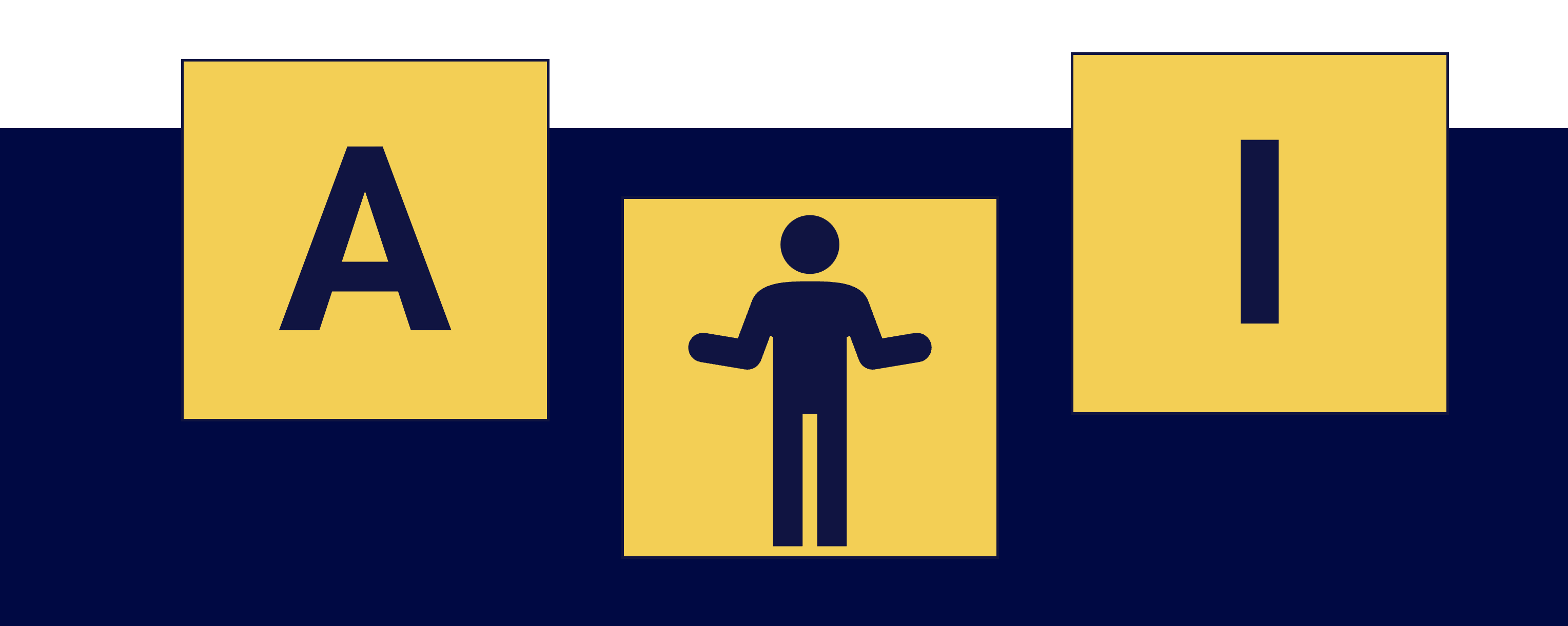Production Planning & Scheduling
AI in Production Planning: How Technology Elevates Productivity to New Heights
In today’s fast-paced world, where speed and efficiency determine success, production companies face a growing challenge: how can they quickly and accurately respond to changing conditions without sacrificing quality and cost? This is where the power of artificial intelligence (AI) comes into play. By integrating AI algorithms into production planning, businesses can not only optimize their processes but also take their productivity to new heights.
The Complexity of Modern Production
Production planning is far more complex than simply assigning tasks to machines or workers. It involves a complicated set of variables such as material availability, capacity planning, order sequences, machine maintenance, and unforeseen disruptions. Moreover, the market is rapidly changing, with last-minute customer orders and sudden fluctuations in demand. This makes the planning process both challenging and time-consuming.
To grasp the scale of this complexity, let’s take a simple example: imagine you have 5 different orders to assign across 3 production lines and 3 operators. How hard could it be? Surprisingly, the number of possible combinations skyrockets quickly. In this scenario, you already have 135 possible choices. And this is without considering factors like material availability, varying shift schedules, or maintenance requirements.
Now imagine the number of decision variables in a real-world production environment with dozens of orders, multiple production lines, operators, machines, and fluctuating capacity. The sheer number of options becomes overwhelming for any human planner. This is where AI comes in.
The sheer number of options becomes overwhelming for any human planner. This is where AI comes in.
How AI Works in Production Planning
AI systems use advanced algorithms and solvers to rapidly process this complexity. While human planners may struggle to identify the best combinations in a sea of variables, AI can analyze thousands to millions of options in seconds or minutes, offering the optimal solution.
Examples of AI in production planning:
-
Demand forecasting: AI can accurately predict future demand based on historical sales data, market trends, and even external factors like weather conditions. This allows companies to better align their inventory and production capacity with expected demand.
-
Production line optimization: AI helps planners determine the optimal sequence of production orders, factoring in setup times, material availability, and machine capacity. This reduces waste and improves efficiency.
-
Real-time adjustments: When unforeseen disruptions occur, such as a machine breakdown or material delivery delay, AI can instantly generate new plans to minimize downtime. The ability to react quickly to changes is invaluable in today’s fast-paced production environment.
The Benefits of AI for Planners
Traditionally, many production companies have relied on manual planning tools such as Excel or basic scheduling software. While these systems work well for simple tasks, they fall short as complexity increases. AI, on the other hand, offers several key advantages:
- More efficient processes: AI can automate repetitive tasks such as optimizing schedules, freeing up planners to focus on more strategic decision-making.
- Better decision-making: Using real-time data and predictive analytics, planners can make faster decisions and adjust production plans dynamically when needed. This leads to less downtime and higher productivity.
- Increased accuracy: Human planners are prone to making errors, especially when dealing with complex schedules involving many variables. AI significantly reduces these errors by relying on data-driven decisions.
- Greater flexibility: In a world where customers increasingly demand personalized products, flexibility in production is essential. AI allows companies to quickly adapt to last-minute customer orders without disrupting overall factory efficiency.
While systems like Excel work well for simple tasks, they fall short as complexity increases.
The Future of AI in Production Planning
The adoption of AI in production planning is only just beginning. As the technology continues to develop, we can expect even more advanced applications, such as fully autonomous planning systems that manage production without human intervention. This will allow planners to take on more strategic roles, focusing on long-term planning and process optimization while AI handles day-to-day operational tasks.
Additionally, AI systems will become more adaptive to changing conditions through self-learning algorithms. This means that the more data they collect, the smarter and more effective they will become at making planning decisions.
Conclusion
Integrating AI into production planning is no longer a luxury but a necessity for companies that want to remain competitive in a rapidly changing market. By leveraging AI to optimize complex processes, planners can work more efficiently and respond to changes more flexibly and accurately.
Companies that embrace AI will find their productivity skyrocketing, while also being better positioned to meet customer demands. The future of production planning is here, and that future is smart, fast, and powered by AI.
Want to know more? Schedule a free call with me or download our whitepaper.
